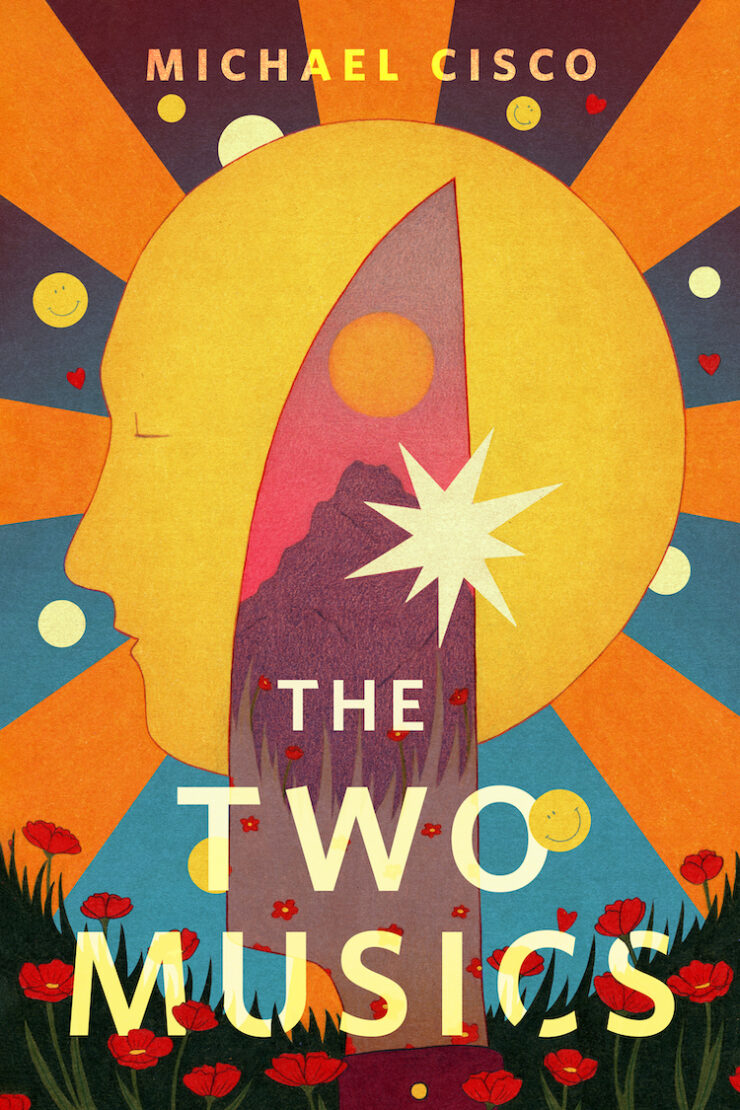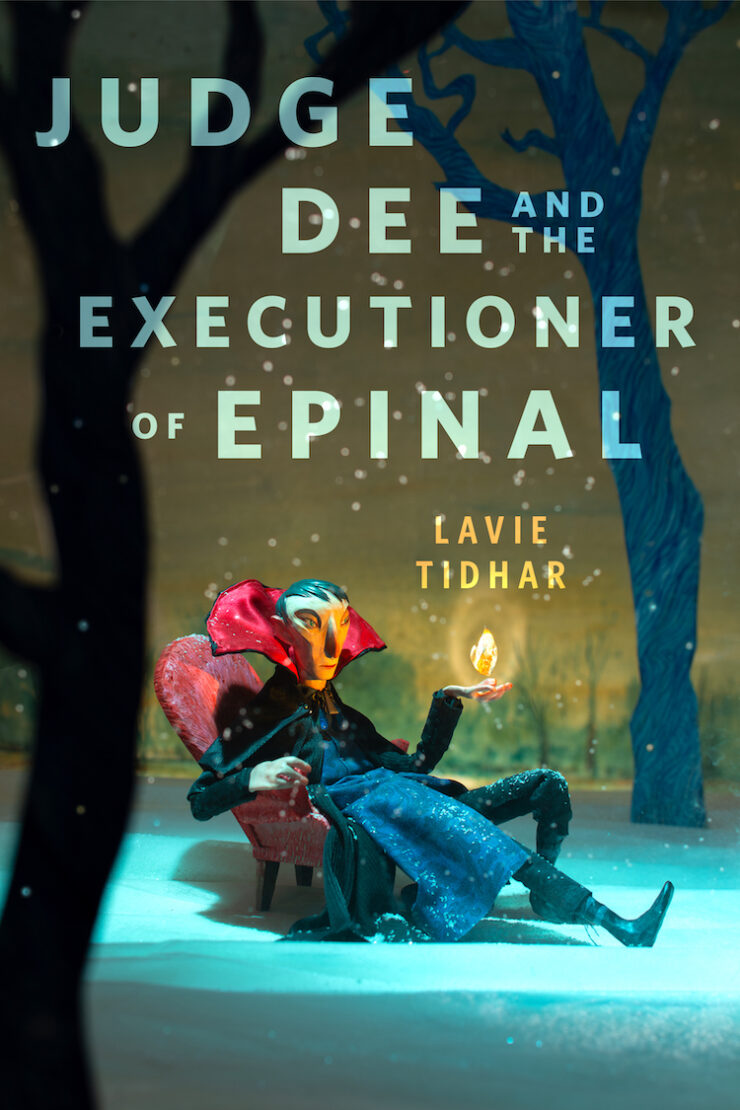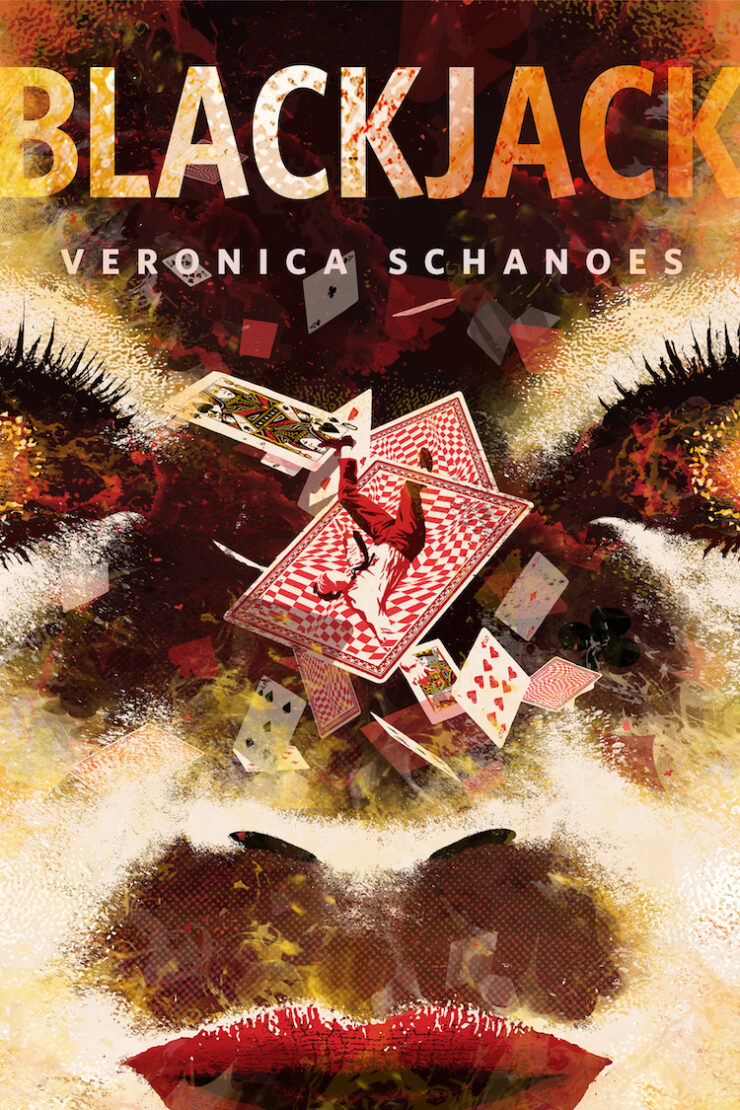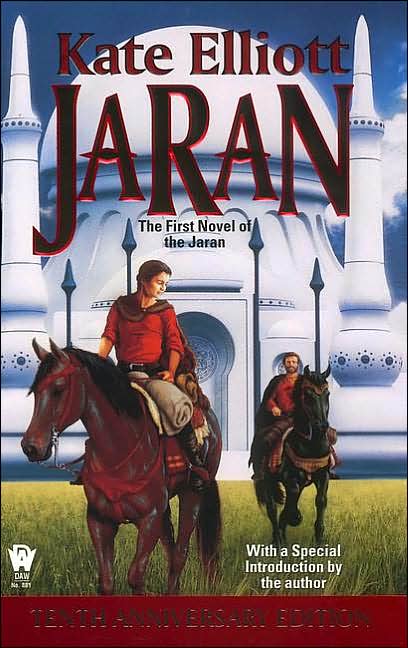Jaran is one of my comfort books, reading it always makes me feel happy. I’ve enjoyed a lot of Kate Elliott’s books, but this is the one I keep coming back to. I didn’t pick it up now because I was feeling in need of comforting but because she mentioned some of the characters in a Livejournal post and it made me miss them. I don’t know if other people feel homesick for certain books, but I quite often do.
Jaran is a science fiction romance, and whether or not I’ll like a romance generally depends on what else is going on and how interesting that is. Here we have everything done just right. Tess is on the rebound, and she’s rebounding from Earth to one of the planets her brother owns as part of an alien Empire, primitive interdicted Rhui. When she gets there, she finds she’s thousands of miles from where she expected to be, witness to illicit alien trafficking. She follows the aliens to find out what’s going on and encounters a fascinating and complex culture of steppe nomads. So there’s a set of interlocking adventure stories at all levels here, not to mention culture clashes and ever-widening implications. Tess’s brother is trying to rebel against the aliens, the aliens are doing something very mysterious on Rhui, the Jaran, the nomads, are getting ready to unite and drive back the settled people. This is a story about worlds changing, lots of worlds, and within that, it’s a story of people overcoming strangeness and distrust and cultural expectations to fall in love.
Jaran stands alone, it is a complete story. There are also two trilogies set in this universe, the Highroad trilogy (written under the name Alis Rasmussen) and the Sword of Heaven trilogy. The Highroad books are prequels, set in the wider universe of humans and Chapalii and settled planets, the Sword of Heaven books are direct sequels to Jaran, continuing the story, expanding it, and repeating themes. I seldom feel any need to re-read any of them—only if I really can’t bear to leave the characters and the world at the end of Jaran. Jaran stands alone so well that while Elliott’s natural length may be the seven book series, I find it enough. But because the other books exist, Jaran is richer—the Chapalii are fascinating aliens, the wide universe in the hints and glimpses we get is detailed and more complex than it would otherwise be. I’d read more Jaran books if there were any—but in the same way I’m pretty much going to read anything Elliott writes.
Jaran is a small scale story set in a larger scale one. The larger scale one serves to give depth and context and significance to the smaller one. They’re also good stories. On the personal level, Jaran is about how Tess becomes confident and finds herself. That’s why it works so well as a love story, and that’s why the volume is complete in itself—Tess has discovered what the Chapalii were doing, even if that opens out a wider mystery, and reported back, and she has reached the end of her emotional arc.
The Jaran material culture is clearly based on the Mongols, with their tents and horses and customs. The system in which men and women have different responsibilities and spheres but are both important is done very well—and the fact that Tess (for most of the book) gets away with the privileges of both genders without really the responsibilities of either is dealt with at the end. It feels like a real culture in the small and large things. I very much like the way that during the course of the novel Tess has lovers that do not consume her like tinder before she ends up with the one who inevitably does. Lovers are a woman’s choice, and marriage is a man’s choice—and we see characters who exemplify all the problems you’d expect to find with that. There’s a lot of very interesting and nuanced thinking about gender and relationships and family here.
As well as love, adventure, and spaceships, the book encompasses a great journey across a continent. Travel is something that’s very difficult to write without making it repetitive or dull, and Elliott does very well here with writing about the routine and the surprising elements of the journey. This is a notable example of how to do something difficult correctly. I don’t know enough about horses to know if she also got them right—but anyway, they’re modified horses. Genetically modified by aliens, in this particular case.
This is not a big-idea book. It’s an absorbing book with great characters that has had a lot of thought put into the universe and which gets the details right. There should be more SF like this.
Jo Walton is a science fiction and fantasy writer. She’s published eight novels, most recently Half a Crown and Lifelode, and two poetry collections. She reads a lot, and blogs about it here regularly. She comes from Wales but lives in Montreal where the food and books are more varied.










